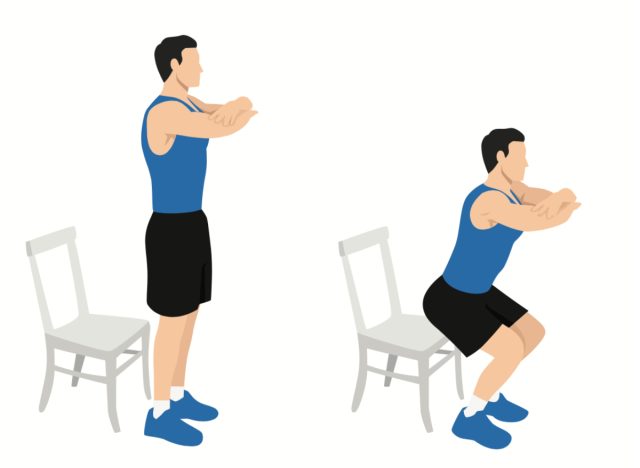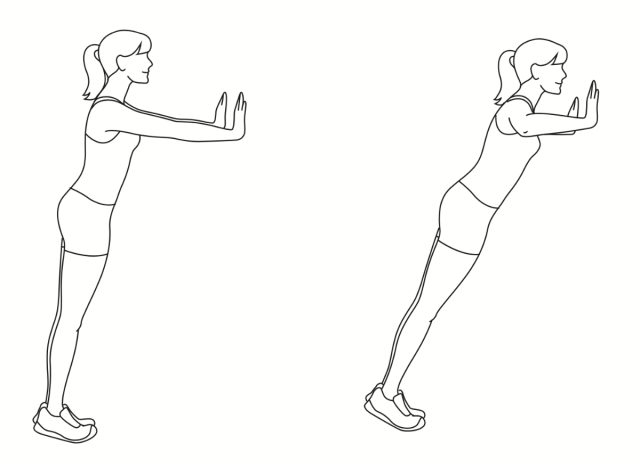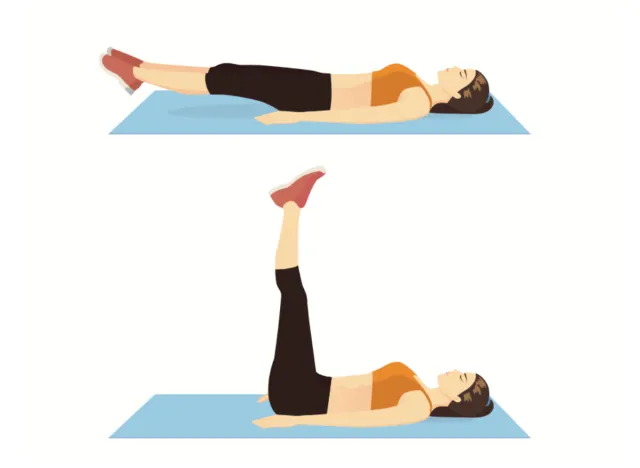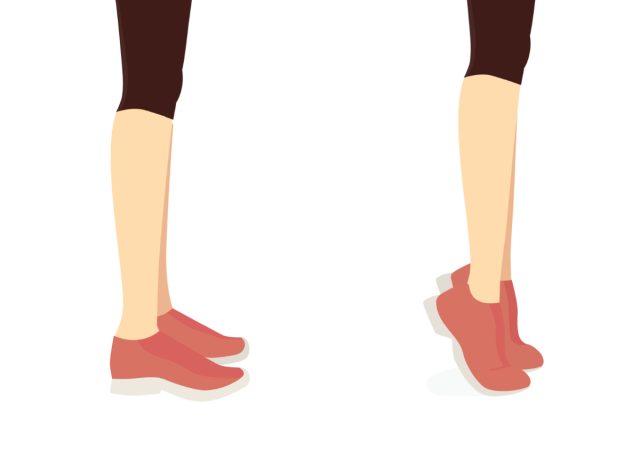Depending on your age, “building strength” can mean a variety of things. Younger individuals may envision heavy squats, deadlifts, and pull-ups, or perhaps building a solid six-pack, to name a few examples. However, these are just a small slice of what building strength has to offer. As you pass your “golden years,” working on your strength has more to do with maintaining your functional capacities than lifting as much weight as possible. To get you going on the right track, we’ve rounded up the best 10-minute workout for seniors to rebuild strength.
Age-related loss of strength, muscle, and mobility are effectively the most challenging symptoms associated with getting older. Sure, you may notice more wrinkles and gray hairs pop up, but if you can sit, stand, walk, run, and perform day-to-day activities without any issues, you’re avoiding some of the worst causes of aging and increased mortality. In fact, increasing your health span should be the primary objective of every workout program for seniors to rebuild strength.
If you’re pressed for time, don’t worry. Ten-minute workouts are enough to tip the scales in your favor when it comes to preventing and reversing the age-related loss of strength and muscle. We recommend working out a few times per week if you are keeping workouts to 10 minutes or less.
The following routine utilizes safe and low-intensity variations of common key movements. You can always opt for high-intensity traditional weight training, but in most cases, practicing exercises that more closely resemble daily movements and don’t risk injury are the way to go. It’s always a smart idea to check in with a healthcare professional or certified fitness expert before starting any new exercise program to ensure it’s the right decision for you.
Perform two to three sets of each of the following exercises for 10 repetitions. Rest for 60 seconds between sets. Read on to learn all about our 10-minute workout for seniors to rebuild strength.
1. Chair Squats


Chair squats improve your lower-body strength and help you practice getting up and down from a chair, thus retaining your ability to perform this activity of daily living. After all, if on a normal day you get up and down seven to eight times, but you practice 30 times separately, the day-to-day instances are going to feel a heck of a lot easier. Speaking of muscles, chair squats hit your quadriceps, glutes, and hamstrings primarily.
To perform chair squats, stand facing away from a sturdy chair, feet hip-width apart. Engage your core, and slowly lower your hips toward the chair, as if you were going to sit down. When your buttocks lightly touch the chair, pause for a moment. Push evenly through both feet to return to the standing position, keeping your chest lifted and your back straight. Repeat for target repetitions.
You can also practice sitting all the way down each time, but it’s preferable to maintain the tension and not relax to increase the overall working time.
2. Wall Pushups


Wall pushups help strengthen the upper body, improving posture and reducing the risk of injury when lifting or carrying objects. Standard pushups tend to be more difficult for many seniors—especially those with wrist issues, but wall pushups are a solid low-intensity alternative for hitting the chest, shoulders, and triceps.
READ RELATED: The 5-Minute Strength Workout To Lose Belly Fat & Gain Abs
To perform wall pushups, stand facing a wall with your feet about hip-width apart, and place your hands on the wall slightly wider than shoulder-width apart. Step back so your arms are fully extended and your body forms a straight line from your head to your heels. Engage your core and bend your elbows, lowering your chest toward the wall. When your chest is roughly one inch away from the wall, push evenly through both hands to return to the starting position. Repeat for the target repetitions.
3. Lying Leg Lifts


Leg lifts are a very safe way to help improve balance and strengthen the hip flexors, which can reduce the risk of falls and generally improve your quality of life. They train both the hip flexors and quadriceps, making them a great anterior chain exercise.
To perform leg lifts, lie on the floor with your legs extended and your back straight. Engage your core, and slowly lift your legs, keeping your knees slightly bent and your feet flexed. Hold the lifted position for a moment before lowering your leg back down. Repeat for the target repetitions.
4. Seated Row with Resistance Band
Seated rows target your back muscles, supporting improved posture and reducing the risk of back pain. Resistance bands tend to be a safe and effective way to activate these muscles, although there is nothing wrong with using cable or free weight alternatives as well.
To perform the seated row with a resistance band, sit on a sturdy chair with your feet flat on the floor. Hold a resistance band with both hands. Wrap the resistance band around your feet, and hold the ends, keeping your arms extended and palms facing each other. Alternatively, securely attach the band to a piece of furniture or other attachment that allows you to safely anchor and row the band. Engage your core, and pull your hands toward your chest, bending your elbows and squeezing your shoulder blades together. Slowly extend your arms back to the starting position. Repeat for the target repetitions.
5. Calf Raises


This 10-minute workout for seniors to rebuild strength wraps up with the calf raise. Calf raises are a very safe way to improve lower leg strength and mobility, which can help reduce the risk of falls and make daily activities like walking more comfortable. Your calves will receive a great workout during this exercise.
To perform calf raises, stand with your feet flat on the floor and your back straight. Engage your core, and press your toes into the ground, lifting your heels off the floor. Aim to maximally squeeze your calf muscles. Hold the lifted position for a moment, then slowly lower your heels back down.
Source:











